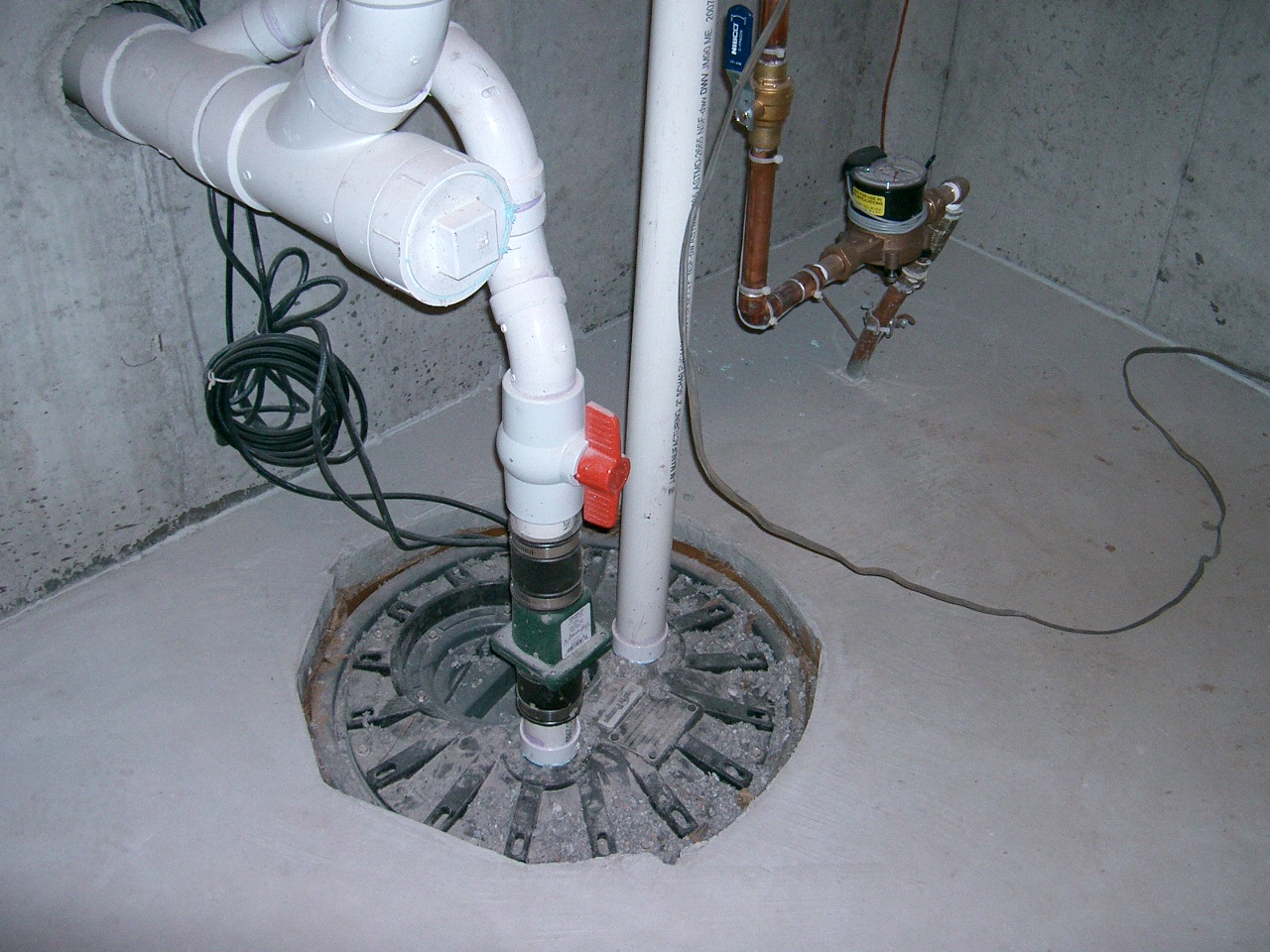Selecting the appropriate pumps for drainage, sewage, and wastewater applications is crucial to ensure efficient and reliable operations. With various pump types and specifications available in the market, it can be challenging to make the right choice. This article provides a comprehensive guide to help you navigate the selection process and choose the most suitable pumps for your drainage, sewage, and wastewater needs.
1. Understand Application Requirements
Before diving into pump selection, it is essential to thoroughly understand your application requirements. Consider factors such as the type and volume of the fluid being pumped, the distance and elevation the pump needs to handle, and any specific operational conditions or constraints. This information will serve as a foundation for identifying the pump characteristics necessary for optimal performance.
2. Consider Pump Types
There are several pump types commonly used for drainage, sewage, and wastewater applications. Some of the key options include:
- Submersible Pumps: Designed to be submerged in the fluid, these pumps are suitable for applications where the pump needs to operate underwater. They are often used in sewage and wastewater systems, offering high efficiency and reliability.
- Centrifugal Pumps: These pumps are versatile and widely used for various applications, including drainage and wastewater handling. They generate pressure by converting rotational energy into kinetic energy, making them suitable for pumping fluids with solids.
- Grinder Pumps: Specifically designed to handle sewage and wastewater with solids, grinder pumps are equipped with a cutting mechanism that breaks down solid particles, preventing clogging.
- Self-Priming Pumps: Ideal for applications where the pump needs to handle fluids with a high gas content or where a suction lift is required. These pumps can evacuate air from the suction line, enabling efficient operation.
3. Evaluate Pump Specifications
Once you have identified the pump type suitable for your application, it is crucial to evaluate specific pump specifications. Key considerations include:
- Flow Rate: Determine the desired flow rate based on the volume of fluid to be pumped. It is essential to choose a pump capable of meeting the required flow rate to avoid inefficiencies or overloading.
- Head Pressure: Assess the required head pressure, which refers to the vertical distance the pump needs to lift the fluid. Select a pump with the appropriate head pressure capabilities to ensure efficient operation.
- Solids Handling Capacity: If your application involves pumping fluids with solids, consider the maximum solids handling capacity of the pump. Ensure the pump can handle the size and concentration of solids present in the fluid.
- Motor Power: Evaluate the power requirements of the pump’s motor. It should be capable of delivering sufficient power to handle the application’s demands while considering energy efficiency.
- Material of Construction: Consider the material of construction for the pump’s components, particularly those exposed to the fluid being pumped. Corrosive or abrasive fluids may require pumps made from specific materials to ensure durability and longevity.
4. Reliability and Maintenance
Reliability and ease of maintenance are vital factors when selecting pumps for drainage, sewage, and wastewater applications. Look for pumps from reputable manufacturers known for producing reliable and durable equipment. Additionally, consider pumps that offer easy access for maintenance and repair, reducing downtime and associated costs.
5. Consider Total Cost of Ownership
When choosing pumps, it is crucial to consider the total cost of ownership (TCO). TCO includes not only the upfront purchase cost but also factors in energy consumption, maintenance requirements, and potential downtime costs. Opting for energy-efficient pumps with low maintenance needs can result in long-term cost savings.
Selecting the right pumps for drainage, sewage, and wastewater applications requires careful consideration of various factors. Understand your application requirements, evaluate different pump types, and assess specific pump specifications such and requirements. Consider factors such as flow rate, head pressure, solids handling capacity, motor power, and the material of construction. Prioritize reliability, ease of maintenance, and total cost of ownership when making your selection.
By investing time and effort into choosing the right pumps, you can ensure efficient and reliable operations for your drainage, sewage, and wastewater systems. A well-selected pump will not only handle the required fluid volume and head pressure but also effectively handle solids and minimize the risk of clogging. It will also be durable, energy-efficient, and easy to maintain, reducing downtime and overall operating costs.
Remember to consult with experts or pump manufacturers if you require additional guidance in selecting the most suitable pumps for your specific application. Their expertise and knowledge can provide valuable insights and help you make an informed decision.
In conclusion, selecting the right pumps for drainage, sewage, and wastewater applications is essential for maintaining efficient and reliable operations. By understanding your application requirements, evaluating pump types and specifications, and considering factors such as reliability, maintenance, and total cost of ownership, you can make an informed choice. Investing in the right pumps will contribute to the smooth functioning of your systems, ensuring the effective management of drainage, sewage, and wastewater.


